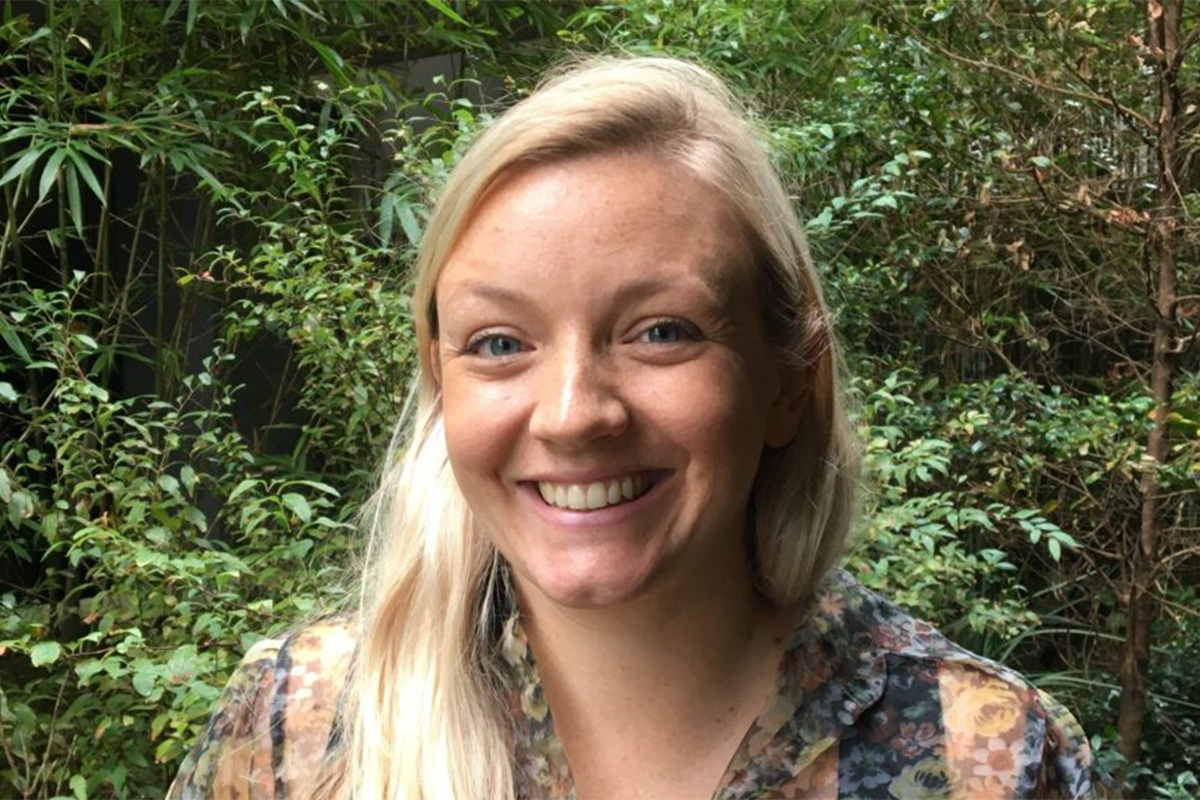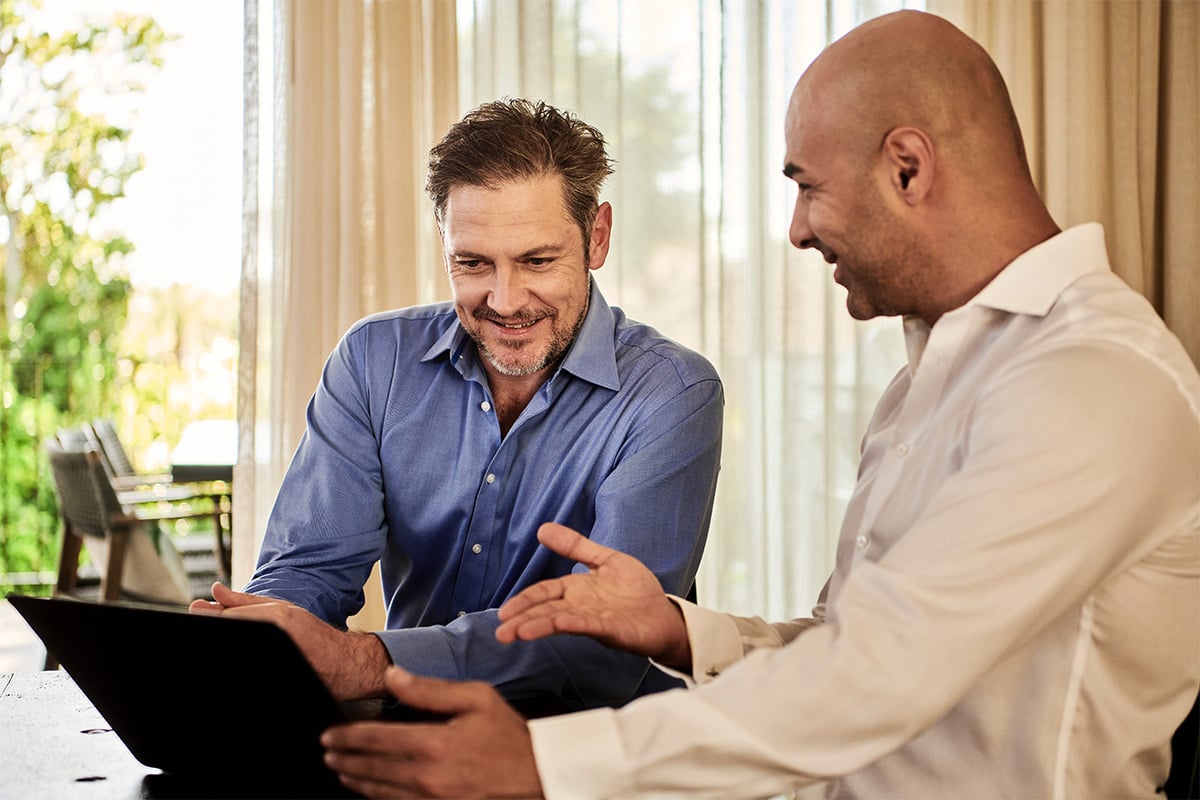Despite attention and action continuing to grow towards net-positive solutions and biodiversity, for many organisations, sustainability is still a complex issue that is handed to a Chief Sustainability Officer (CSO) to manage. However, a siloed approach can often be the barrier to making progress.
“At the moment we’re living through a time where there is a huge gap between ambition and impact and so I think that’s where the principles are really helpful because they tell organisations what they need to be doing to close that gap,” Edge Environment’s Head of Sustainability Leadership Ashleigh Gay explains to The CEO Magazine.
Regardless of the sector you operate in, your cringe-worthy carbon footprint or your company’s size, sustainable leaders embark on a journey of transformation despite these apparent barriers.
Ørsted, Europe’s most fossil fuel intensive energy company, is now the world’s leader in green energy. Holcim, a major concrete supplier, has released a range of low carbon product solutions. Meanwhile, food manufacturer Goodman Fielder has excelled at integrating sustainability into its core purpose and brands.
Informed by research, the experiences of practitioners and global experts, the 10 Principles for Sustainability Leadership developed by Edge Environment is designed to assist companies in delivering sustainable outcomes at an organisational scale.
“Most organisations are really clear on why they need to act on sustainability, they’re clear on what it means for their business, but what we’re now seeing is this huge shift in ultimately living up to the promise,” Gay says.
From attracting and retaining talent in an incredibly tight market and securing access to funding from financial markets to improved ratings and more meaningful relations with customers, the incentive to level up has never been clearer.
“There’s a multitude of benefits and I think the really interesting thing is that those benefits are now proven, so really it’s about how do we use these 10 principles to guide the achievement of those big goals that we’ve all set,” Gay says.
“Sustainability leadership is about driving change faster because an organisation is using all of its levers to make it happen.” Ashleigh Gay
While competition has traditionally driven organisations to raise the bar and achieve more in the sustainability space, Gay explains that collaboration among competitors and peers is an emerging trend that’s leading to more innovative outcomes.
“We operate primarily in a technical space, which is important and has to be the foundation, but we’re not always great at bringing others into that and recognising that actually a sustainability manager or a head of sustainability can’t do it alone,” she explains.
With H&M appointing Helena Helmersson – former Head of Sustainability – as CEO in 2020, an exciting pathway leading to the new breed of CEO is beginning to take shape.
A sustainability practitioner is aware of the relationships and resources a business relies on in order to be successful and sustainable into the future, and can embed this into everyone’s role.
“Sustainability leadership is about driving change faster because an organisation is using all of its levers to make it happen,” Gay says. “At the heart of this is how teams work together to make it happen.”
Arguably the biggest challenge organisations are facing today is not their level of ambition or strategical goals – it’s how they are going to execute this in the real world and bring everyone on board.
“The main thing that we’re helping solve in my work is that understanding of how. How are we going to achieve these goals? How can we all work together to do that?” Gay says.
The defining traits of sustainable leaders

While difficult to measure, some of the core qualities that distinguish sustainability leaders is their ability to set bold, science-based targets and have plans to radically transform products or services that aren’t contributing a positive planetary or societal benefit.
“We know the strongest way of driving change through to consumers is actually integrating sustainability into existing products and brands rather than creating a whole bunch of new stuff,” Gay affirms.
These leaders are also the ones who take a stand on a particular issue that might have an immediate short-term negative impact on financials simply because they care about the outcome. They’re also able to translate sustainability in a way that their audience can relate to and understand.
“The defining traits of an organisation being a sustainability leader are qualitative,” she reminds us. “They’re behaviours, they’re actions, they’re things that are difficult to measure, they’re things that inform trust, perception and reputation.”
The 10 principles for sustainable leadership
- Be decisive about your commitment to sustainability, and own it
- Make money by being a force for good
- Pinpoint where you want to lead, and where you don’t
- Open-source solutions for peers, competitors and thought-leaders to contribute to, learn from, and use
- Own your failings and don’t be afraid to talk about them
- Translate sustainability into language your audiences understand
- Align sustainability, corporate affairs and marketing plans
- Value progress over perfection
- Measure performance using quantitative and qualitative indicators
- Celebrate and share your success
Gay’s tips to achieve sustainable outcomes

Focus on qualitative outcomes
The research that underpins the 10 Principles highlights the importance of how an organisation thinks, acts and shows up for sustainability. This can be measured across a broad range of outcomes – employee participation, attracting the best talent and helping them find their purpose at work, and through investor ratings and scores. It’s also worth keeping track of the number of new conversations with customers as a result of sustainability efforts.
Use storytelling
While organisations might be excelling at reporting on progress and taking responsibility to be more transparent, Gay has found that companies often fail to communicate their sustainability milestones and challenges in an authentic and credible way.
“They [organisations] might not be feeling like they’re recognised by customers, new talent or investors for the amazing work that they have done and so I think a lot of the work that we do is provide that foundation,” Gay says.
Edge Environment’s Principal Consultant also reminds her clients to share stories they are more inclined to push under the carpet, as this honesty can lead to change occurring sooner.
Keep it simple
Gay hopes to see a stronger emphasis on translating sustainability and the technical aspects into each indvidual’s role rather than focusing primarily on long-term visions that make it difficult for a company to initiate action in the present.
Four questions to drive sustainable change faster
How are we empowering and enabling our people to be sustainability leaders?
How are we ensuring that sustainability is part of every conversation at a board level, with investors, with our people and with our customers?
How are we going to work with our peers, our sector and partners to collaborate around sustainability outcomes?
How do we make this really practical and simple?
Read next: How to recruit the right talent for sustainability







